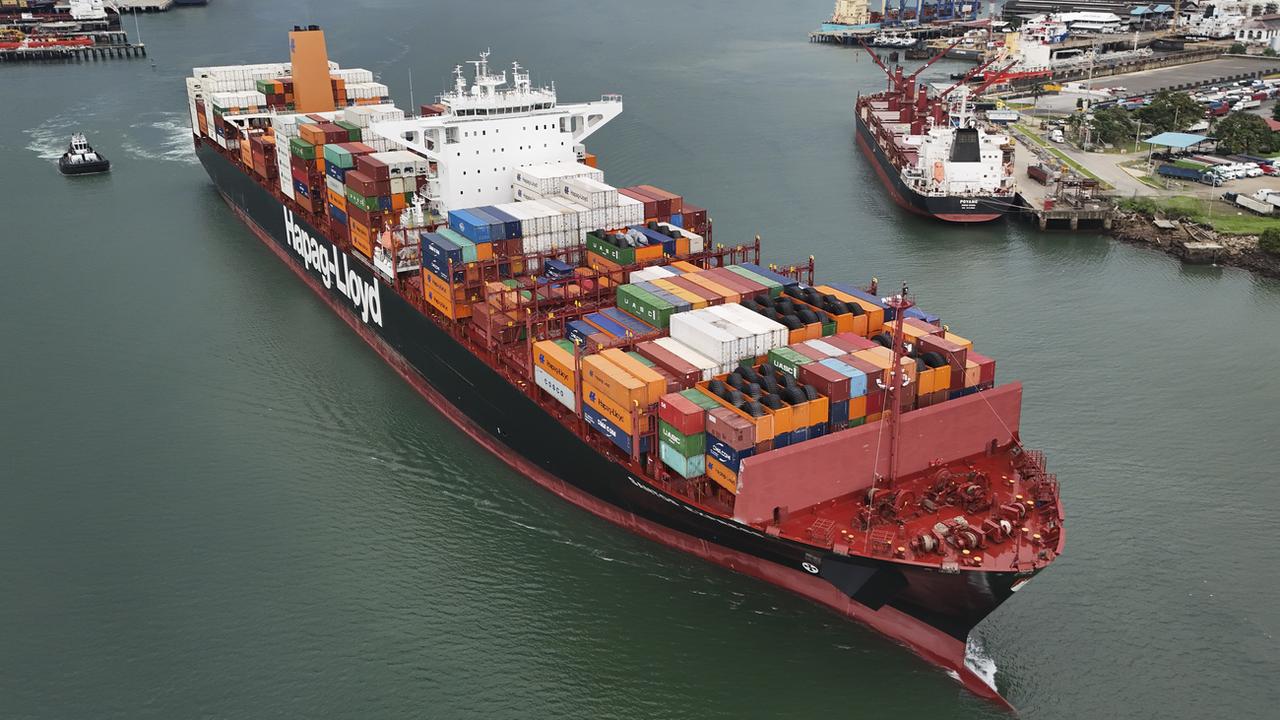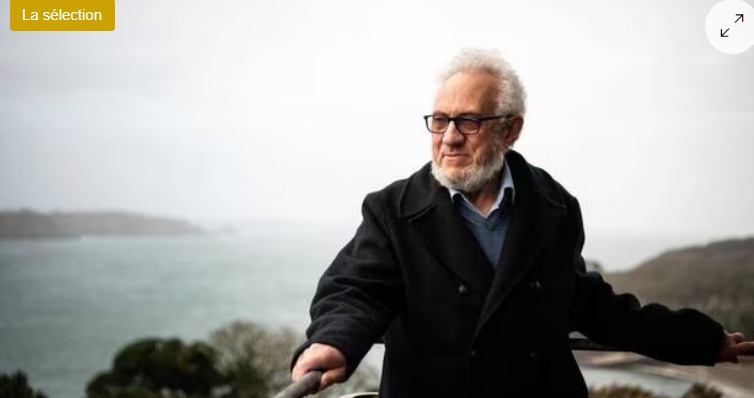If maritime transport were a country, it would be the sixth-largest polluter. Using precise satellite data, an Australian scientist has created a sort of Google Maps for ocean currents, an algorithm that allows ships to save fuel and reduce their CO2 emissions.
It is an essential cog in the global economy but also a major player in climate change. Nearly 90% of all goods we consume are transported by ship, on massive container ships, across the world’s oceans. The carbon footprint of this mode of transport is considerable: more than one billion tons of CO2 are emitted each year.
Underutilized Ocean Currents
To address this issue, Shane Keating, an oceanographer at the University of New South Wales and a mathematician, suggests that these ships exploit the power of ocean currents to save fuel and thereby reduce their CO2 emissions.
In Super Mario, you sometimes have to jump on moving platforms. You have to do it at the right time: jump on when it’s going in the right direction, then get off before it turns back. It’s the same with ocean currents.
— SHANE KEATING, OCEANOGRAPHER AT THE UNIVERSITY OF NEW SOUTH WALES
While this may seem obvious, these ocean currents are currently little, if at all, considered by maritime transporters. They systematically opt for the shortest route between two ports, which is rarely the least energy-consuming, sometimes forcing ships to sail against the current. The consequence: these ships consume more fuel.
To illustrate his solution to the problem, the Australian oceanographer offers a comparison with a well-known video game: Super Mario. « In this game, you sometimes have to jump on moving platforms. You have to do it at the right time: jump on when it’s going in the right direction, then get off before it turns back, » he explains on the show Tout un monde. For ocean currents, it’s the same: « You ride them when they are going in the desired direction and move away when they go in the wrong direction. »
Launch of Ocean Intelligence
« On the occasion of World Ocean Day 2024, I would like to share some exciting news. I am launching a startup, Ocean Intelligence, which will use ocean science to decarbonize the maritime transport sector. »
More concretely, Shane Keating has created an algorithm and a company, Ocean Intelligence, to commercialize it. This algorithm calculates the optimal route for ships, allowing for a journey as fast as with diesel engines while saving significant amounts of fuel.
Gulf Stream Already Charted in 1770
Ocean currents have been known for centuries. The Gulf Stream, for example, the most well-known ocean current, was charted by Benjamin Franklin, one of the founding fathers of the United States, in 1770 with the goal of speeding up mail transport between America and Europe. However, thousands of other, smaller and more unpredictable currents exist, also known as « ocean eddies. »
We have tested different types of ships, cruise ferries, and fishing boats. And we can save between 5 and 25% of fuel, depending on the route. This also results in a 15 to 25% reduction in CO2 emissions.
— SHANE KEATING, OCEANOGRAPHER AT THE UNIVERSITY OF NEW SOUTH WALES
Since December 2022, the French-American SWOT satellite has been providing precise data on these eddies. For Shane Keating, this is a major advance.
« We can now make much more precise forecasts on ocean movements over 24 hours, » he says enthusiastically. He adds, « We have tested different types of ships, cruise ferries, and fishing boats. And we can save between 5 and 25% of fuel, depending on the route. This also results in a 15 to 25% reduction in CO2 emissions. »
Excitement in the Scientific Community
Overall, Shane Keating’s algorithm excites a good part of the international community. For Nathan Bindoff, an oceanographer at the University of Tasmania and contributor to several IPCC reports, it is even urgent to implement it.
« This kind of intelligent algorithm allows the maritime transport sector to reduce its emissions, save money, and save time, » he emphasizes, insisting that this sector accounts for between 2 and 3% of global emissions. « It is therefore important to tackle it. »
Companies in the sector have even more interest in adopting it quickly since the governing body, the International Maritime Organization, has committed to making maritime transport carbon neutral by 2050.
For now, no maritime transport company has yet adopted it, but Shane Keating indicates that he is in discussions, sometimes very advanced, with some of the major names in the sector.




